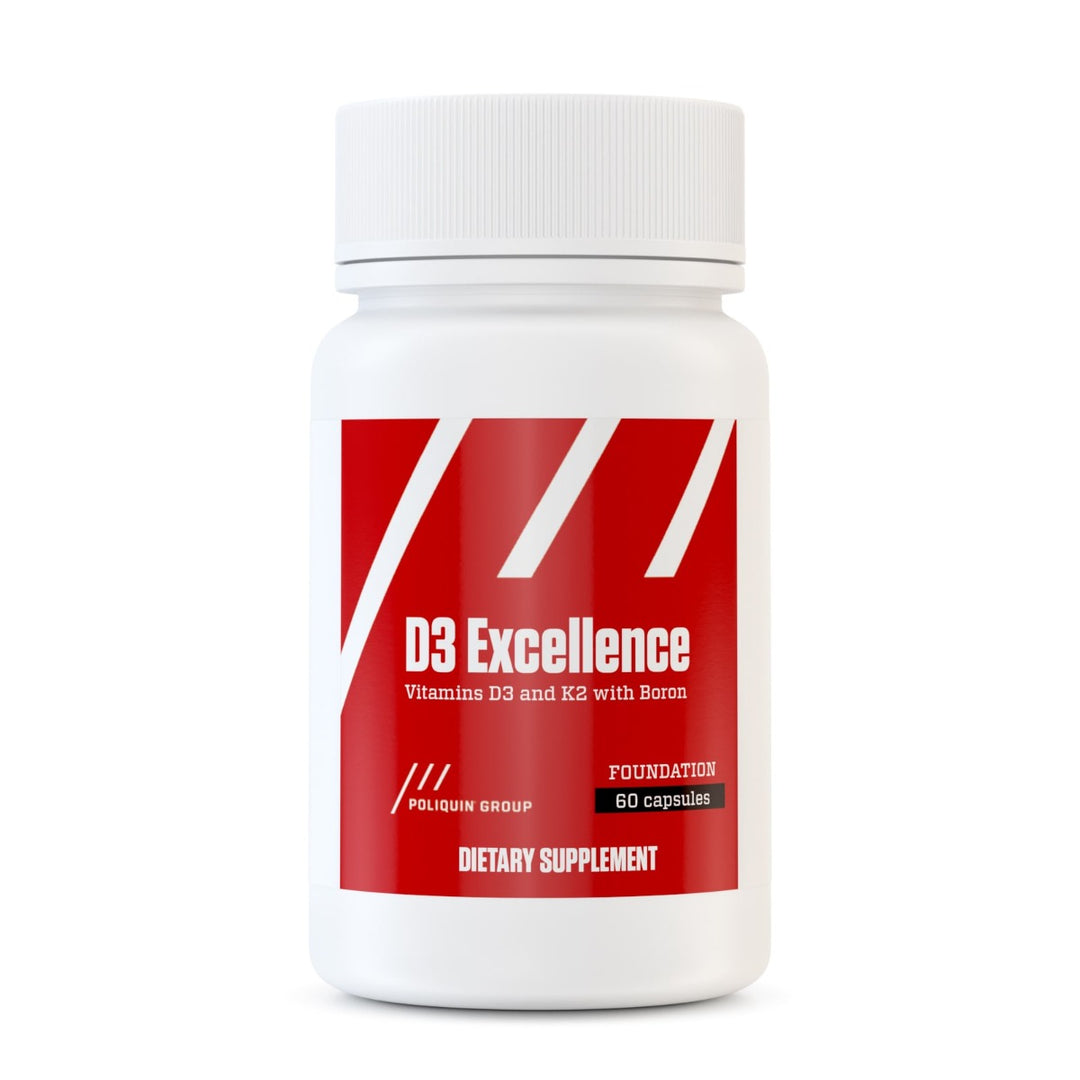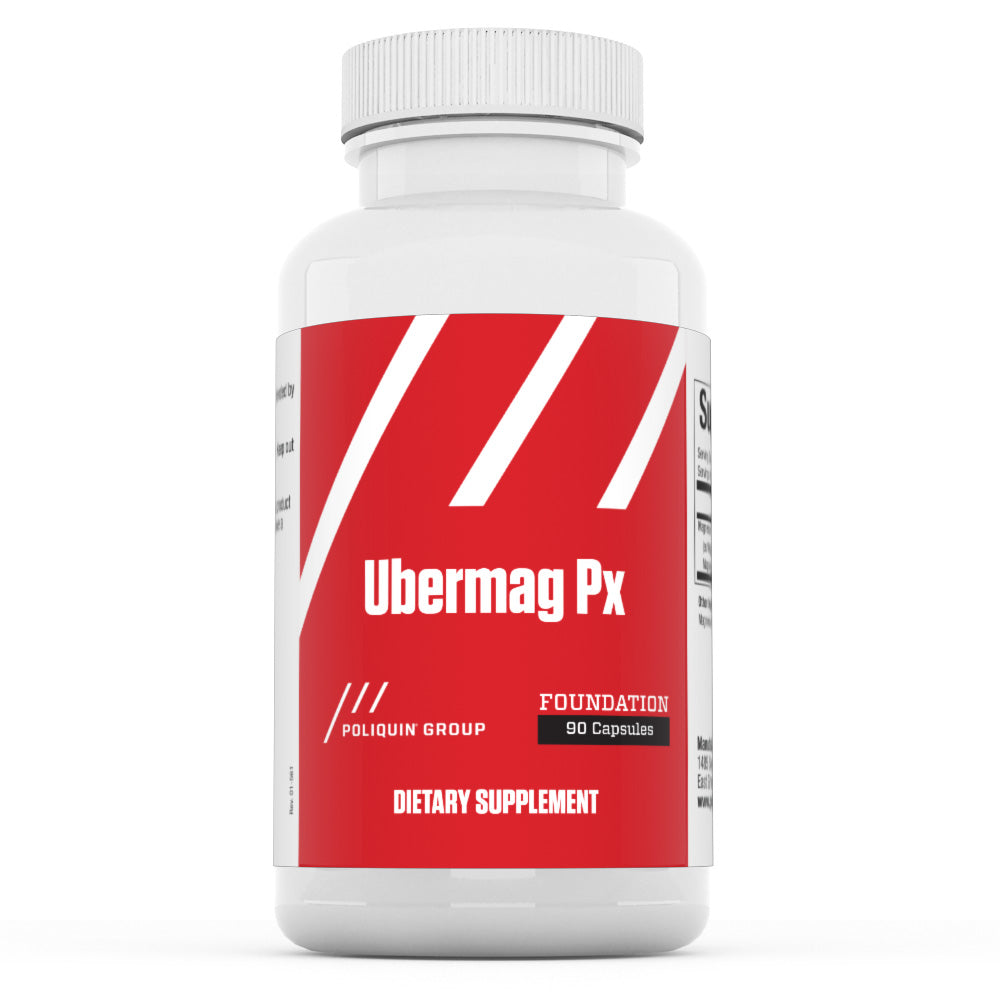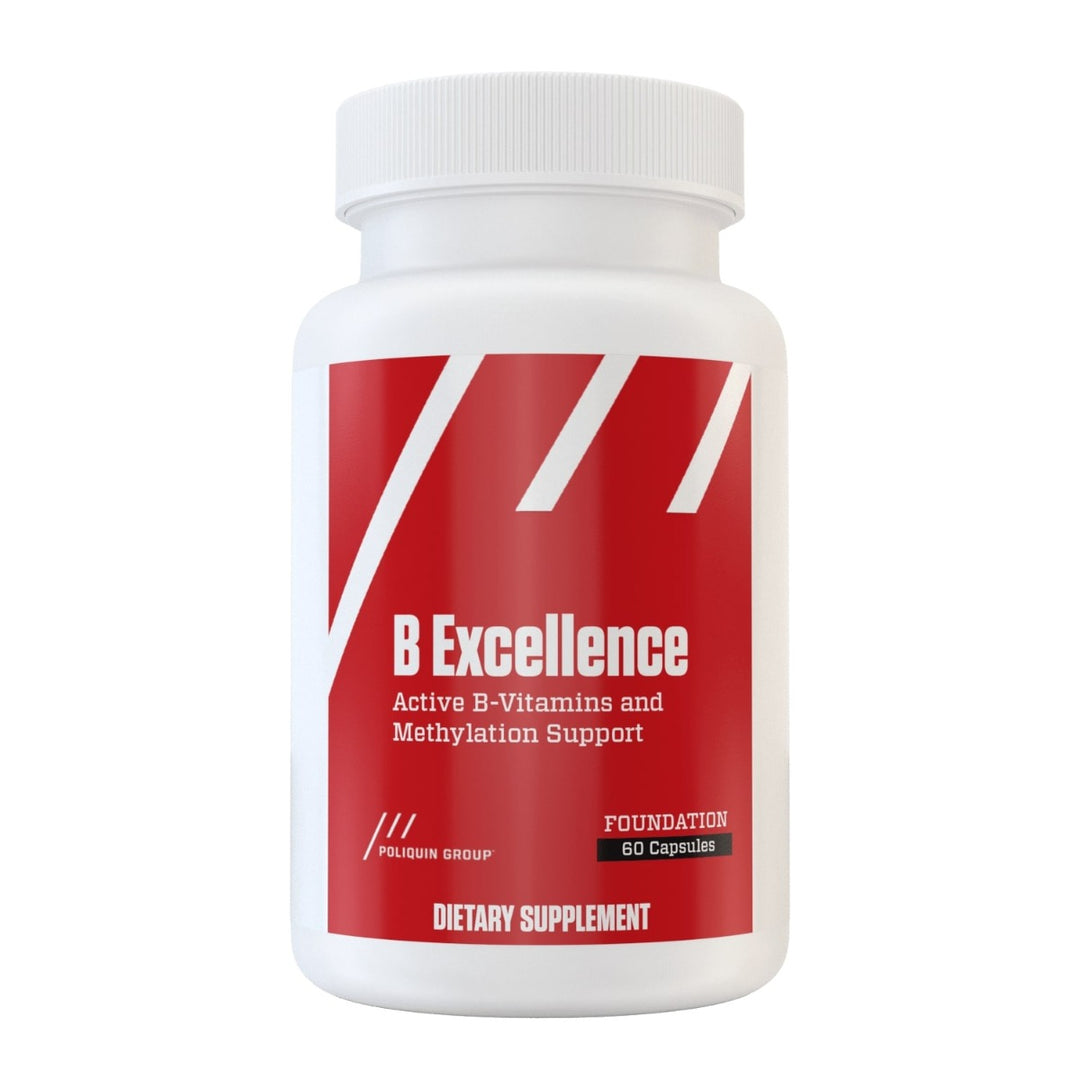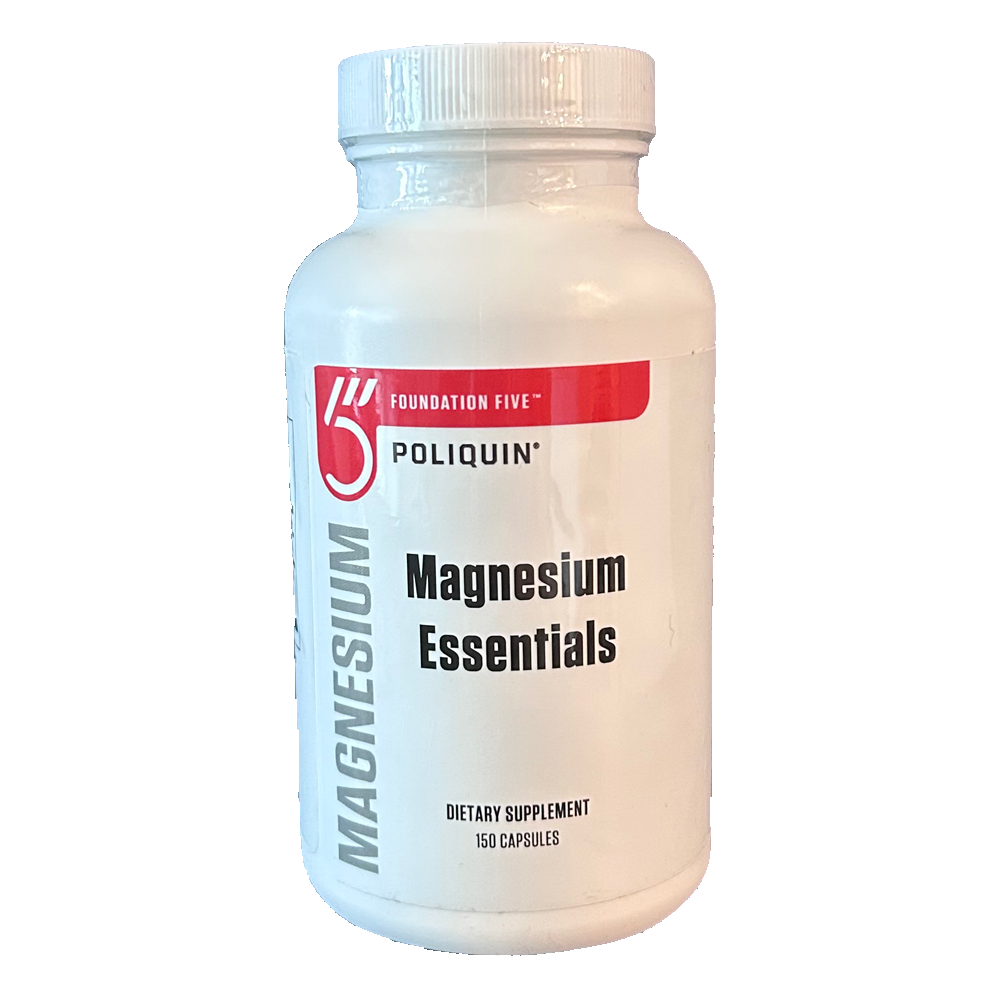Five Tips For Adopting A Plant-Based Keto Diet
The two most popular food trends right now are the keto diet and plant-based eating. At first glance, these two go together like oil and water. Keto often relies heavily on meat-based proteins and fats while requiring you to shun higher carb foods that dominate plant-based diets.
But it doesn’t have to be this way. In fact, a well-designed plant-based keto diet is possible,
and in many cases, can be as indulgent and delicious as an omnivorous keto diet. Done correctly, plant-based keto can be great for fat loss and overcoming metabolic problems because it has a very good appetite-suppressing effect due to the combination of fat and fiber that is compulsory.
This article will cover what you need to be aware of and provide tips for success when adopting a plant-based keto diet.
Tip #1: Get Into Ketosis
The keto diet is great for losing body fat and overcoming metabolic problems because it shifts the body’s metabolism from running on glucose to running on ketones. Ketones are produced by the liver from fatty acids when blood sugar and insulin levels drop. When the body is getting a significant amount of energy from ketones it is said to be in “ketosis.”
Getting into ketosis requires you to restrict foods that raise blood sugar and insulin—namely carbohydrate-rich foods. A traditional keto diet gets 75 to 80 percent of calories from fat and 15 to 20 percent of calories from protein. Carbs round out your calories, typically clocking in at less than 50 grams a day. Some individuals who are very carb tolerant may get away with a slightly higher intake, whereas carb-sensitive folks will need to be strict.
Be aware that a high-fat, low-carb diet that does not achieve ketosis can be especially problematic on a vegan diet because you lose the protein-sparing benefits of ketones. Ketones are protective of lean mass, which is broken down to supply glucose when energy levels drop and ketones are not present. Because vegan keto is always going to be on the lower side protein-wise, it is worth doing everything possible to prevent losses.
Tip #2: Load Up On Plant-Based Fats
Getting your fat in is necessary to kickstart ketosis and provide the body with the nutrients and energy during a restrictive diet like keto. Eating 75-plus percent of your calories from fat requires creative meal planning. Start identifying plant-based fat sources and the various products you can make out of these foods:
- Avocado meat
- Avocado oil
- Coconut oil
- Coconut cream
- Coconut meat
- Olives
- Olive oil
- Nut milks, butters, and flours: Walnut, hazelnut, brazil, almonds, pecans, macadamia, and cashews can all be made into high-fat ingredients to produce yogurt, cheese, and flour.
The great thing about many of these high-fat options is that they have a keto macronutrient profile that is as good or better than the traditional animal-based variations. For example, milks from coconut, almonds, or cashews are composed of 70 to 90 percent fat, which fits perfectly into the “keto” fat percentage, whereas whole cow’s milk is only about 50 percent fat while also being relatively high in lactose-based carbs.
Tip #3: Get Your Protein In
Keto-friendly, plant-based protein is available from nuts, seeds, protein powders, and the abundant low-carb vegetables you are eating. Beans and other legumes can also provide protein, though these ingredients should be limited due to their carbohydrate content.
Tofu, tempeh, and other soy products are another option, though many people want to limit their intake of soy. If you do choose to include soy, it is important to get organic, non-GMO products. GMO soy has been genetically altered to be “Roundup Ready.” Roundup is a pesticide that is associated with adverse health effects and cancer.
If you are open to including some animal-derived foods like eggs and dairy, meeting protein requirements becomes a lot easier. Eggs are a perfect protein source that also provide plenty of fat. Whole fat dairy, including cheese, cottage cheese, and cultured dairy products can also be used, but be sure to account for lactose-based carbs.
Although it is always recommended to take a food-first approach to nutrition, supplements can be useful on a keto diet, especially when fat loss is the goal. For example, protein powders can help you meet protein needs, which may be higher than in omnivores because the body is not able to use plant-based protein sources as efficiently. Higher quality vegan protein powders include hemp and pea protein. If you’re open to dairy proteins, whey is a superior protein source that provides plenty of the muscle-building amino acid leucine.
Tip #4: Keep Carbs Low But Load Up On Low-Carb Veggies
One way to think about low-carb vegetables is as a way to transport fat. Anyone doing a keto diet correctly will consume abundant low-carb vegetables, but the reality is that many omnivorous keto dieters come in a little low in this department. It is important you don’t make this mistake when going plant-based because you would be missing out on the hunger blunting combination of fat and fiber while also depriving yourself of the abundant minerals, vitamins, and antioxidants in colorful veggies.
Here are low-carb vegetables you can use liberally with a variety of plant-based oils, nuts, seeds and the high-fat fruits (avocados, olives) when designing plant-based dishes:
- All the leafy greens: bok choy, spinach, lettuce, collards, kale, arugula, chard
- Broccoli
- Cauliflower
- Peppers of All Colors
- Cucumbers
- Celery
- Cabbage
- Asparagus
- Mushrooms
- Zucchini
- Onion
- Garlic
- Yellow Squash
- Citrus
Tip #5: Avoid Nutrient Deficiencies with Targeted Supplementation
Although it would be great if we could get all of our nutrition from food, this approach can cause more problems than it solves. Certain supplements will ease your transition to a plant-based keto diet and help you avoid nutritional deficits along the way.
Targeted supplementation is important to ensure you are not missing essential nutrients and are getting enough protein, especially if you are an athlete or training intensely. Most important are electrolytes. A keto diet naturally results in the loss of water, sodium, and other minerals from the body, which can lead to low energy and feeling poorly. Because you start losing water within the first 24 hours of a keto diet, it is important to address nutrient needs before beginning the diet. Individual requirements for electrolytes will vary, but baseline recommendations are as follows:
Sodium: 4 to 5 grams of sodium (about 2½ teaspoons of table salt)
Magnesium: 400 mg of elemental magnesium
Potassium: Should be increased progressively, working up to a range of 4 to 6 grams of potassium citrate (not potassium chloride).
Additionally, if you are on a strict vegan keto diet there are certain nutrients that are necessary, regardless of macronutrient concentration:
- Omega-3 fats EPA and DHA can be gotten from an algae-based supplement.
- Vitamin B12, Taurine, and Zinc should be gotten from a supplement.
- Vitamin D and Iron (test blood levels and supplement when values are low).
- Medium Chain Triglycerides can be added to meals to bump up fat content and encourage ketosis.
Final Words: The key to success with a plant-based keto diet will be in planning meals and tracking food intake so that you ensure you are hitting your macronutrient requirements. If you feel physically and mentally good on plant-based keto, it can be a useful tool to reach your goals. It is always worth working with an experienced dietitian or medical practitioner when making the transition to keto if you have health conditions or encounter troublesome pitfalls along the way.
For more tips on a keto diet, check out our new book, The Keto Diet Handbook. We also have an ebook version available that gives you everything you need to know for success with a keto diet.











